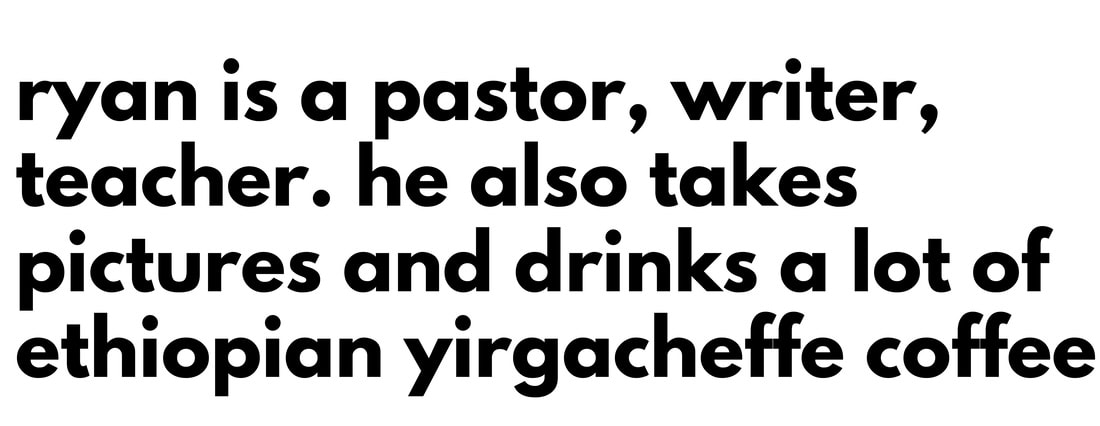
Ancient Extravagance: Christian Ways of Becoming More Human
We are all frittering away our lives—at least according to someone. They tell us to be productive and not waste our opportunities.
The key to a life of meaning is developing our spiritual senses, which only come awake when we worship with others. That might seem like a waste of time, but in fact, these ancient practices have the power to wake up all parts of our lives—not just Sunday morning. In Ancient Extravagance, we discover that seemingly insignificant practices are mustard seeds that grow into trees to create shade for the world.
When we cease simply going to worship and start becoming the worship, we will discover the friendships, beauty, purpose, stories, and sacred moments that will save us and make us more human.
Deeply meaningful and delightfully humorous, candid yet surprising, Ancient Extravagance will connect you with a more beautiful and meaningful life.





